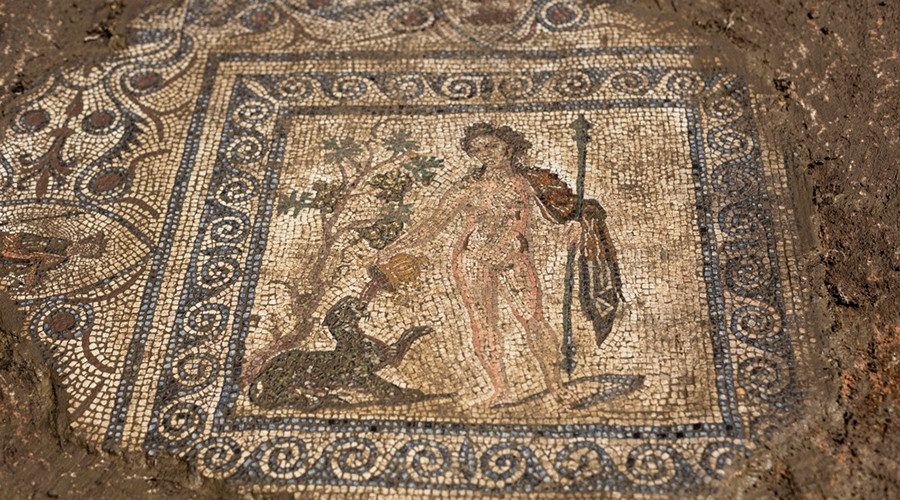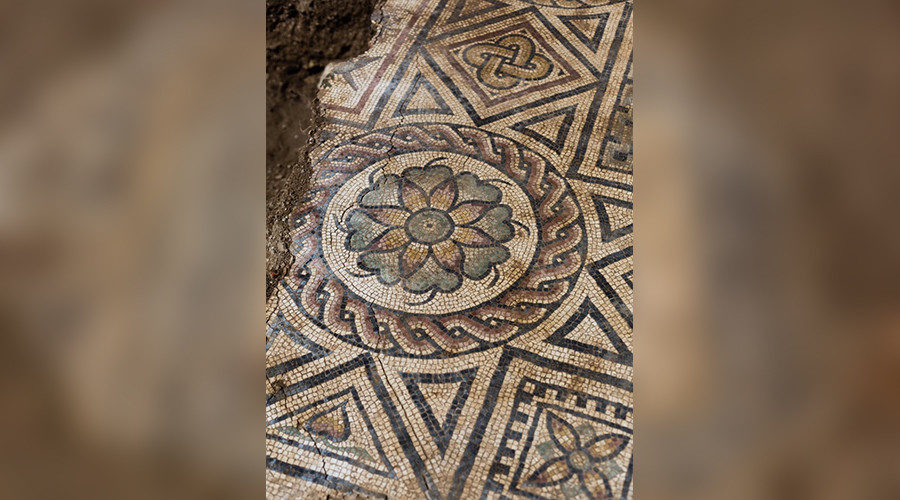OF THE
TIMES
The course of life and labour reminds me of a long journey I once took on the railway. Suddenly, there was a breakdown ahead, and passengers took the event in various ways. Some of them sat still resignedly, and never said a word. Others again, went to sleep. But some of us leaped out of that train, and ran on ahead to clear the road of all obstructions.
Um, whut? Why is this coming out now? Talk about deflecting from the real issues
I suppose the Zionazis in Israel imported a bunch of their Khazar brethren propagandists from the Ukraine, who managed to shoot down Russian...
FOX NEWS and NEWSMAX TV lie about Israel, while the rest of the legacy media lie about everything else.
I witnessed CERT team member at the Georgia State Diagnostic Center in Jackson, Georgia brag about murdering inmates, though I never saw them...
'Governor Signs Climate Engineering Ban Legislation Into Law' [Link] . "Tennessee Governor Bill Lee has now signed legislation into law that bans...
To submit an article for publication, see our Submission Guidelines
Reader comments do not necessarily reflect the views of the volunteers, editors, and directors of SOTT.net or the Quantum Future Group.
Some icons on this site were created by: Afterglow, Aha-Soft, AntialiasFactory, artdesigner.lv, Artura, DailyOverview, Everaldo, GraphicsFuel, IconFactory, Iconka, IconShock, Icons-Land, i-love-icons, KDE-look.org, Klukeart, mugenb16, Map Icons Collection, PetshopBoxStudio, VisualPharm, wbeiruti, WebIconset
Powered by PikaJS 🐁 and In·Site
Original content © 2002-2024 by Sott.net/Signs of the Times. See: FAIR USE NOTICE


("But what's that got to do with 'little Pompeii,?" you ask. Be patient, young grasshopper.)
Then, in a late 70's summer that I spent surfing in Southern California, I was lucky enough to meet and date a beautiful classy So Cal beach girl who grew up near Anaheim, and she took me to Disneyland for the only time I've ever been there.
As I told her I'd never been there, and she grew up near it, she started telling me where and what was what. I replied, well 'Tommorowland is over that way to the right, and Pirates of The Caribbean on the left" as we walked towards Cindy's castle, and she wouldn't believe, for a little while, the truth I had also been unaware of, that they used the same layout of Disneyland for building a scaled up Disneyworld.
More specifically, Disney built Disneyland, in the 1950's, in Anaheim, SE of LA in Orange County, where it was sure to be a big hit. THEN, seeing that Florida was going to follow in the tracks of Southern California, and become a landing zone for all those fleeing the Rust Belt to the Sun Belt, Disney bought up all the cheap land SW of Orlando, and built a BIG Copy of DL as it had much, much more room. I would guess the scale of WDW Vs. DL is about 4 to one but the order is -or at least was then - the same.
Perhaps some Roman investor did the same thing with little and big Pompeii. Nothing is new under the sun, after all. Lesson done, Grasshopper.
R.C.